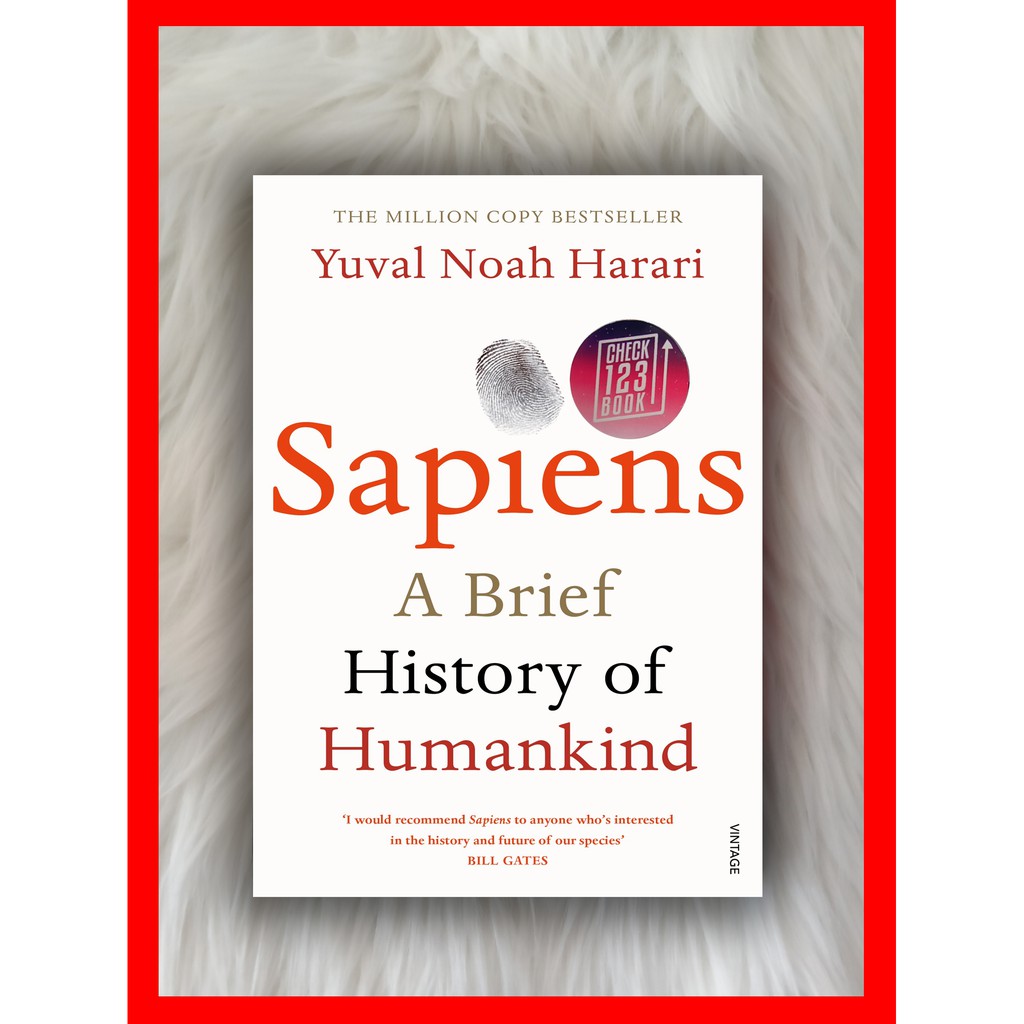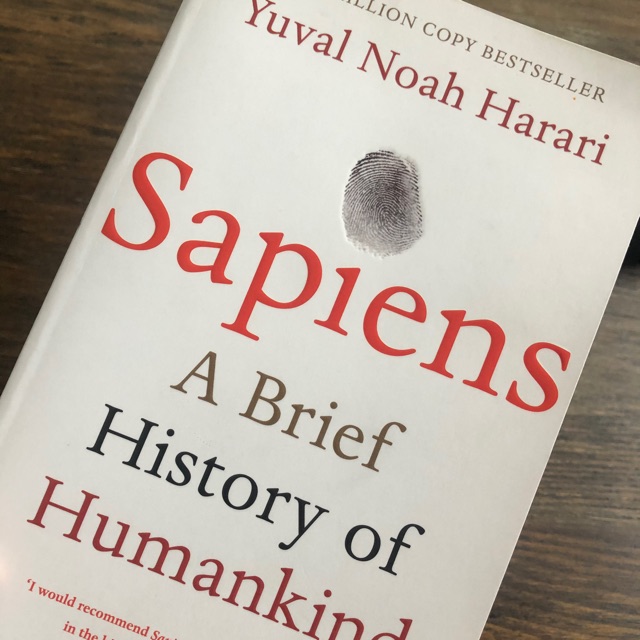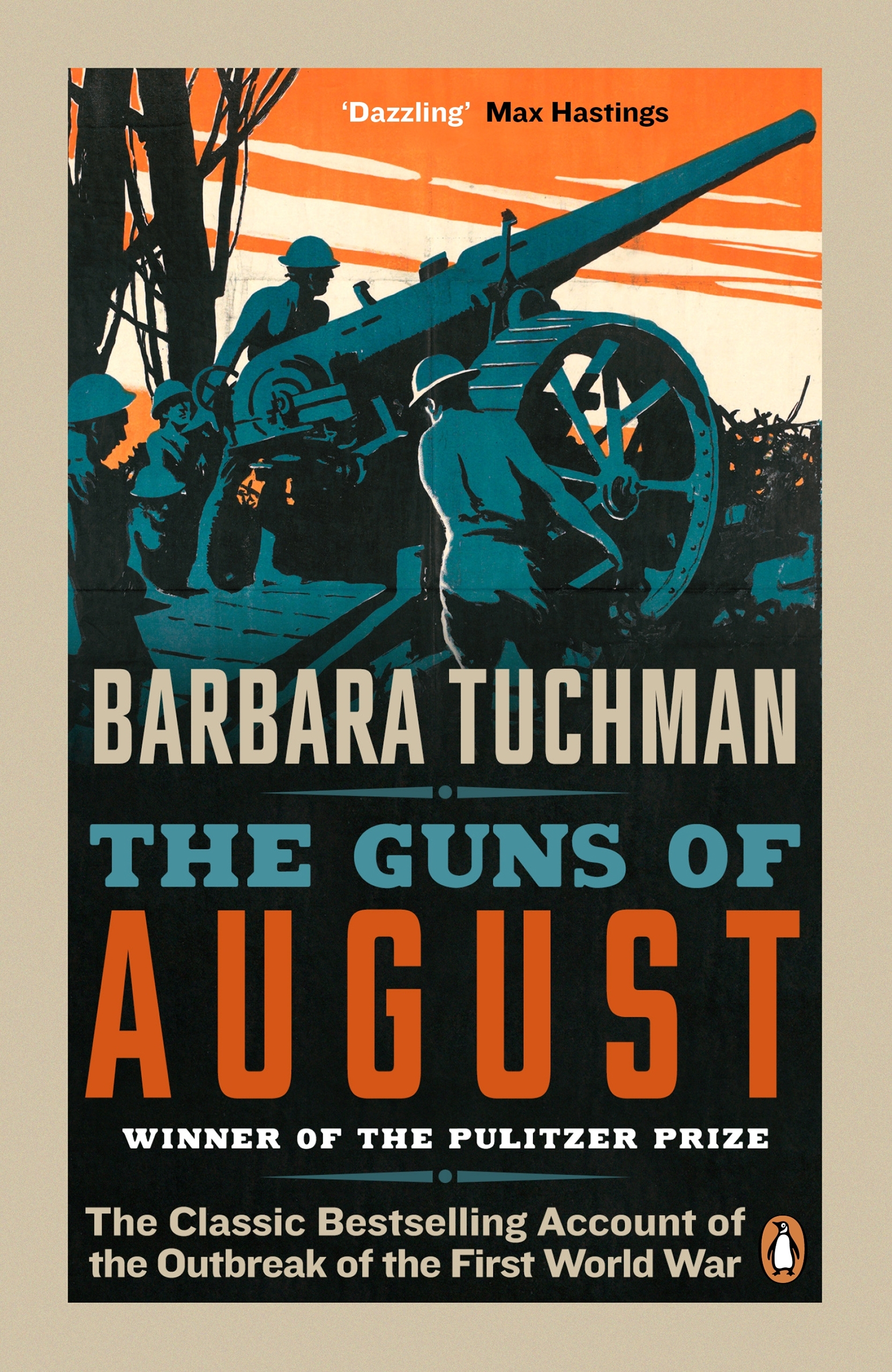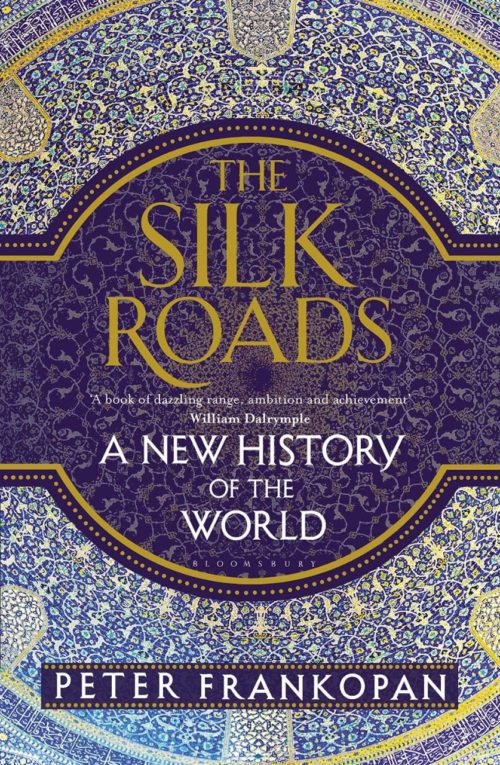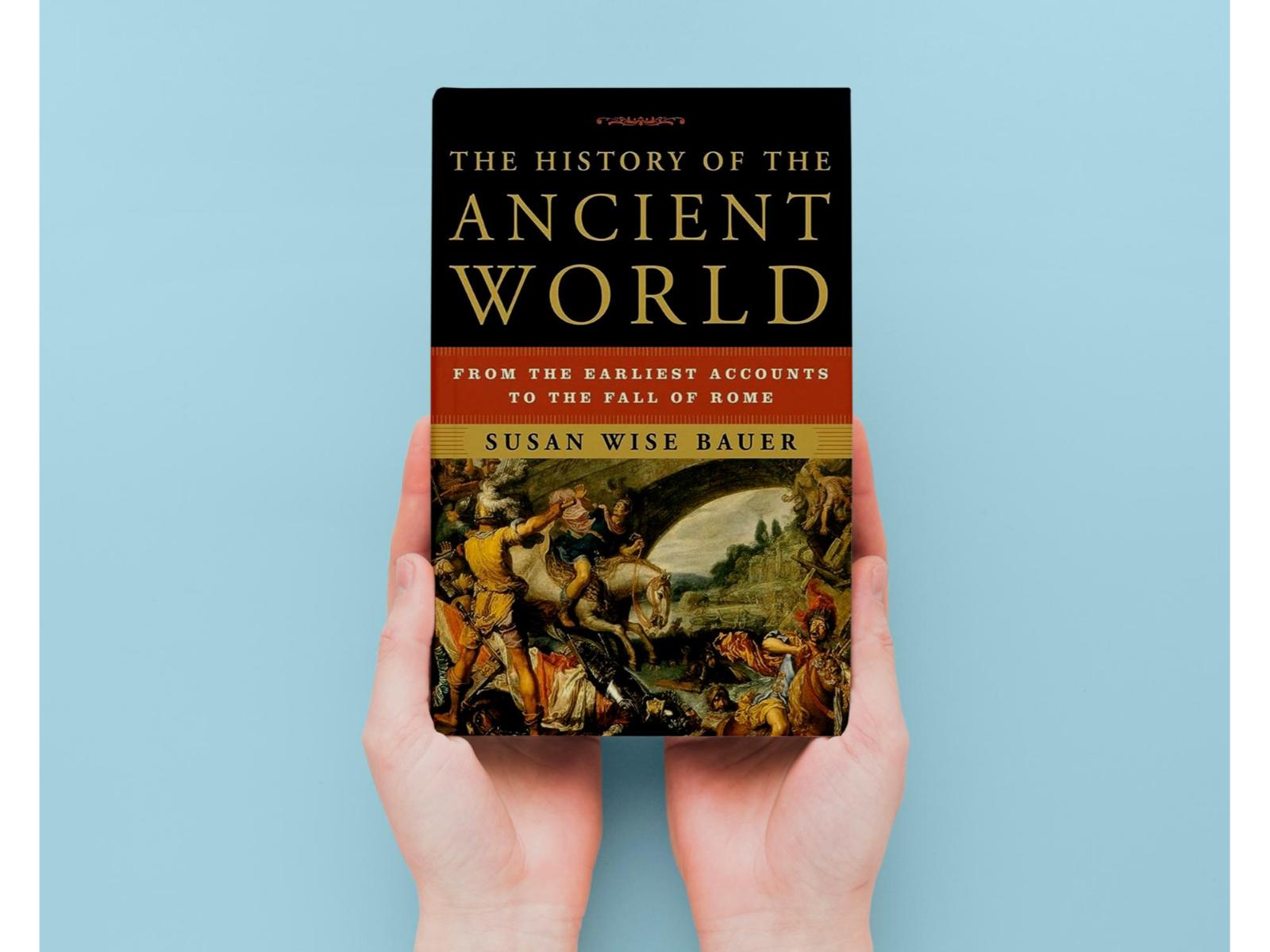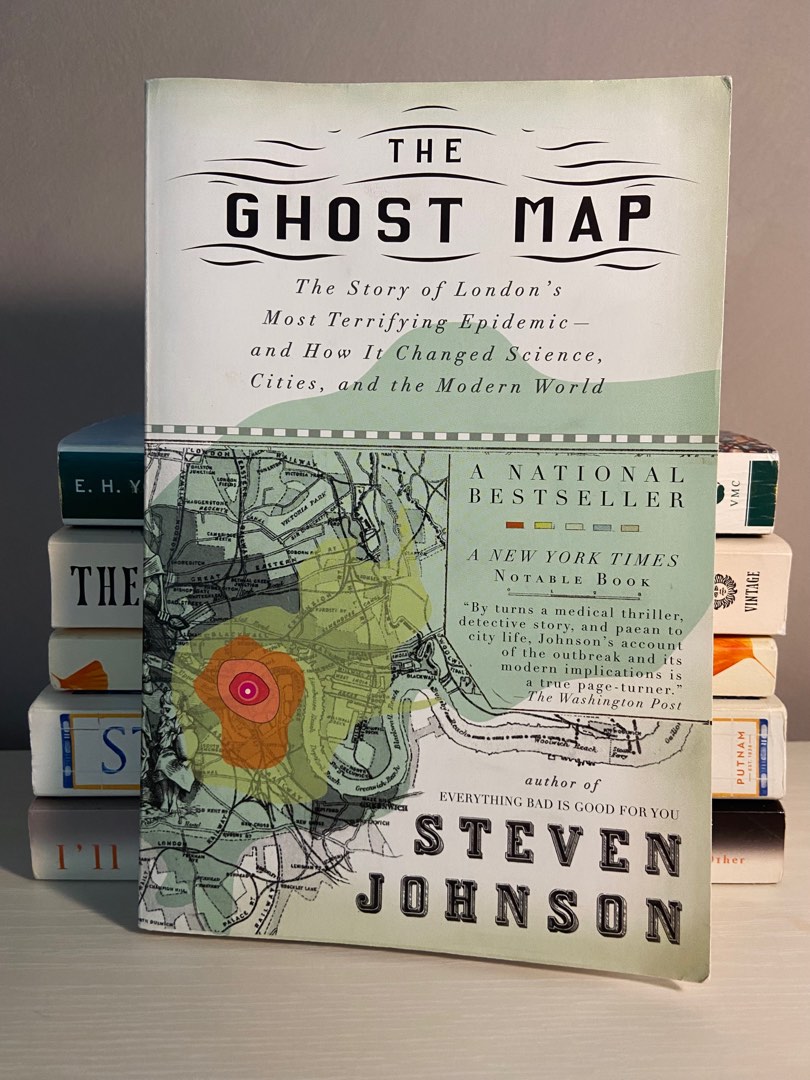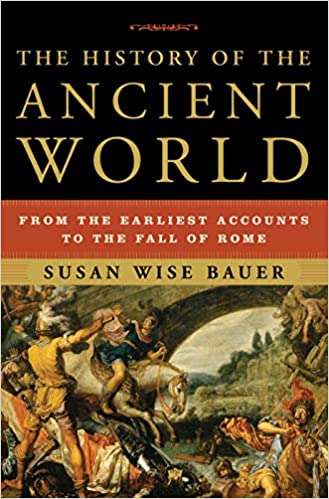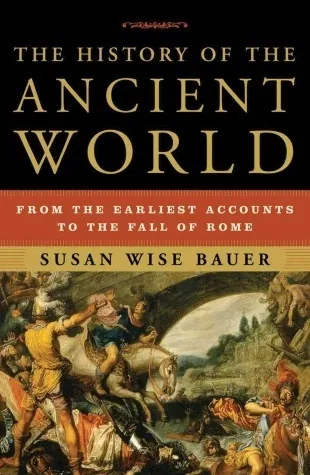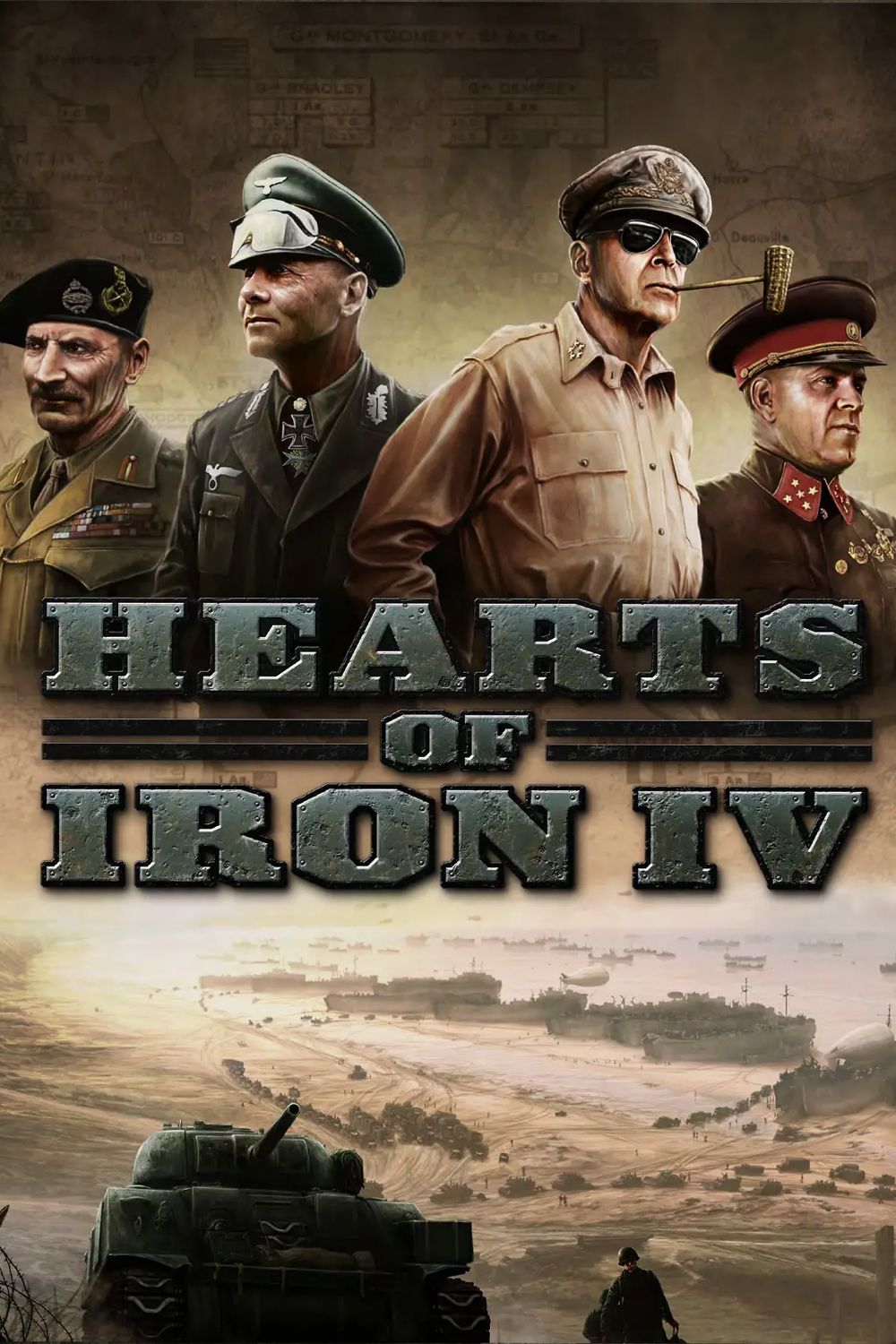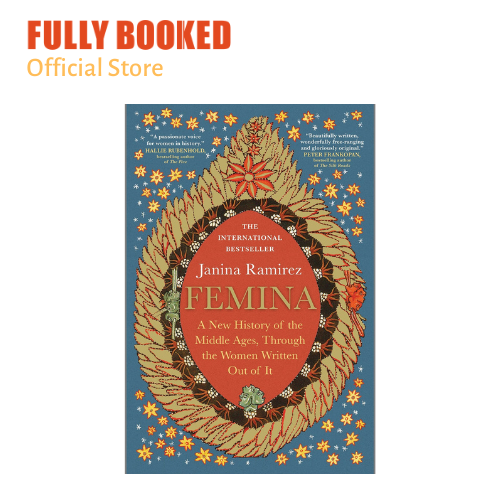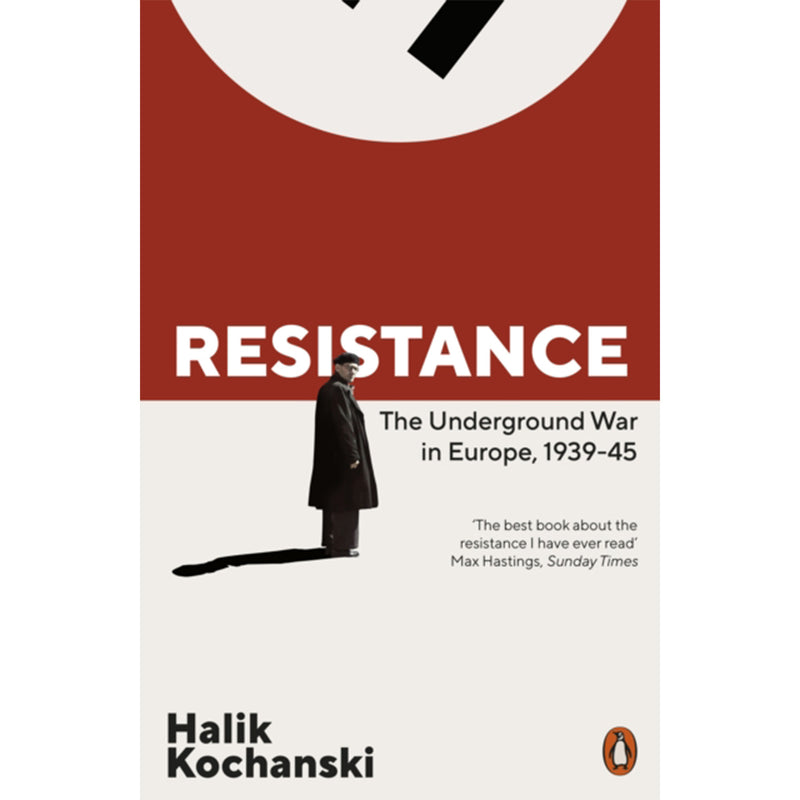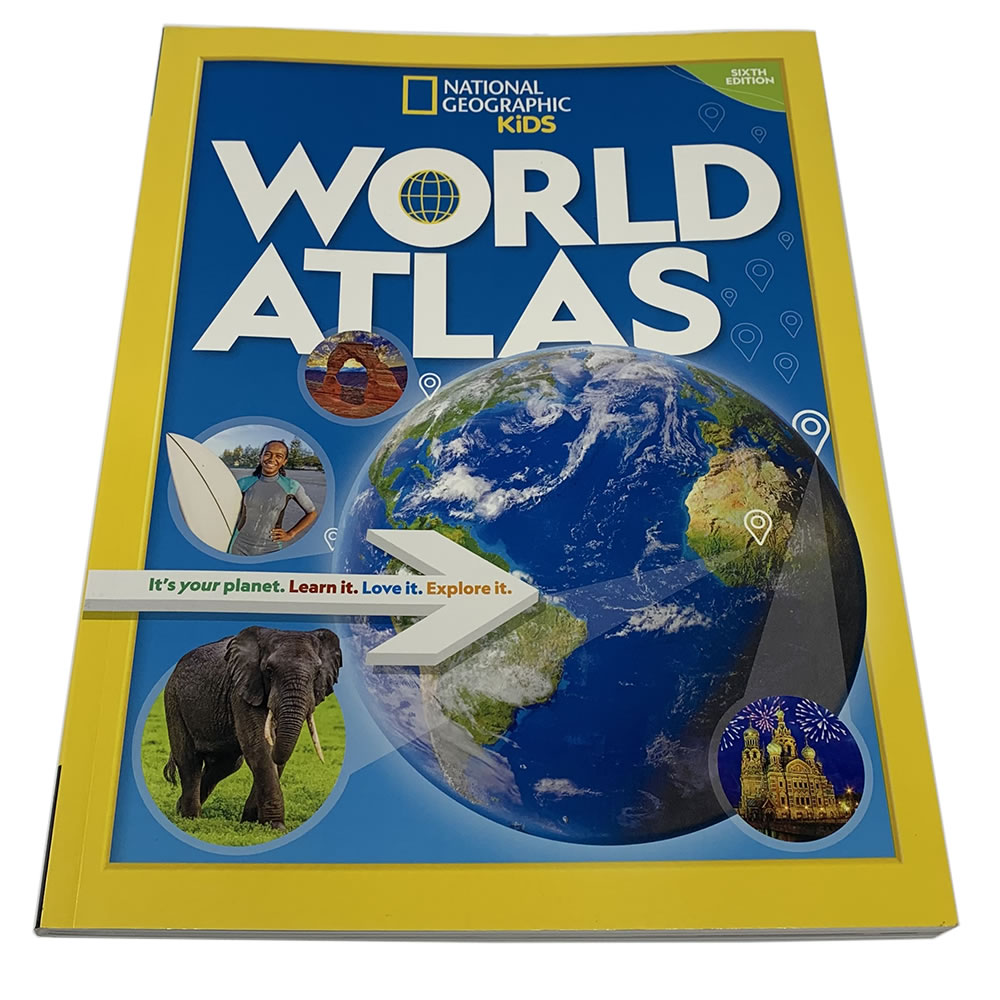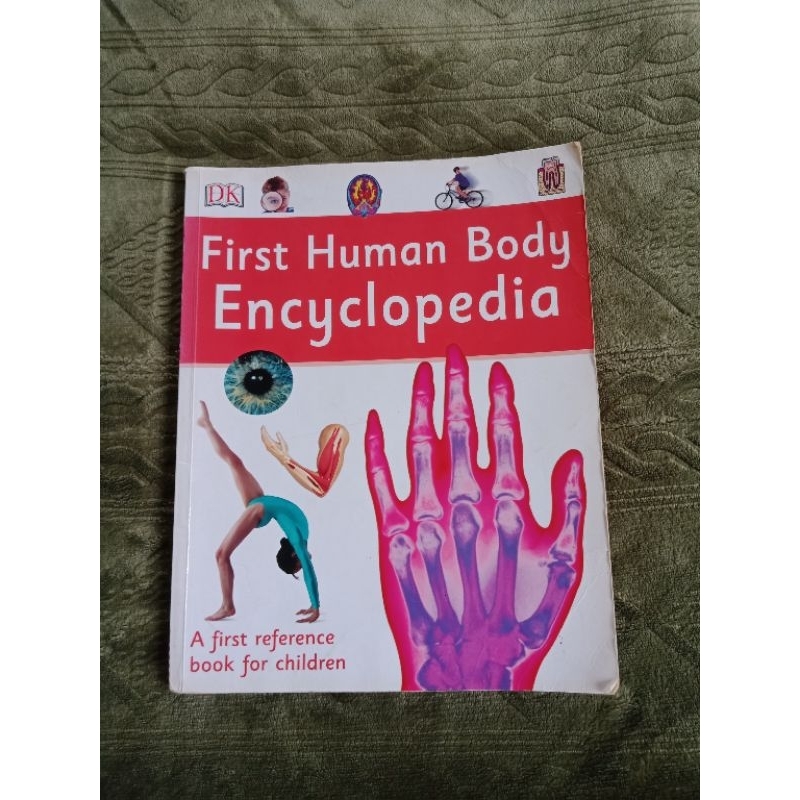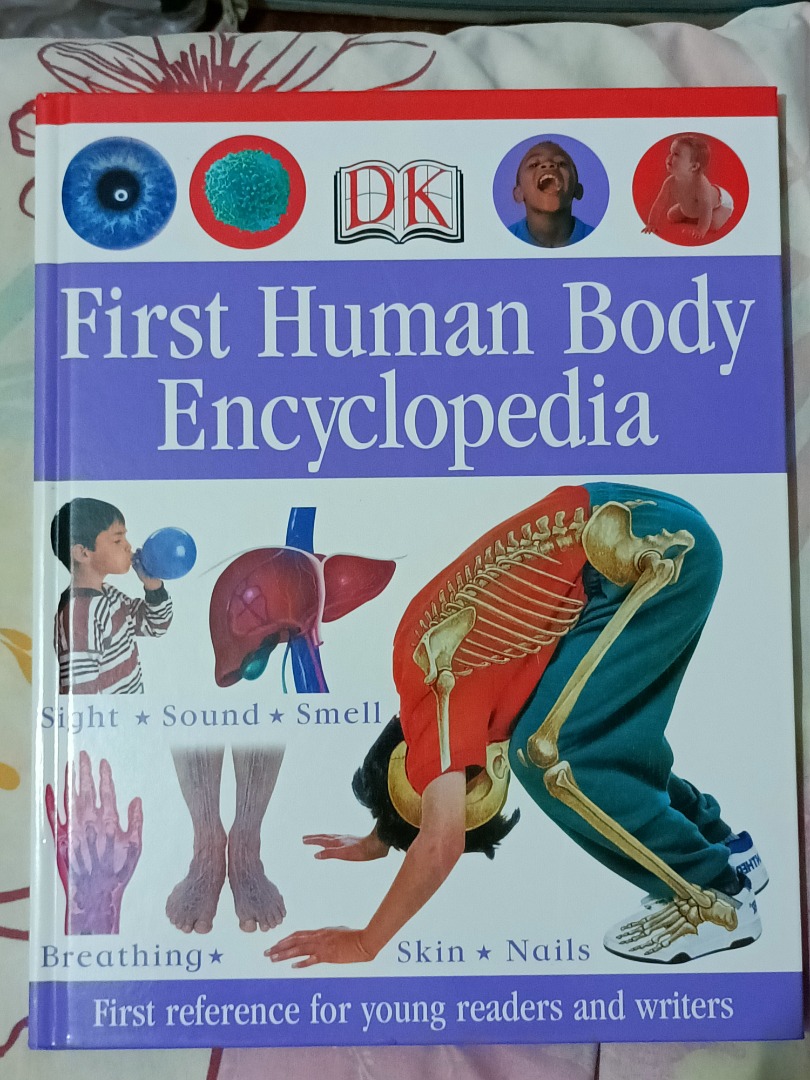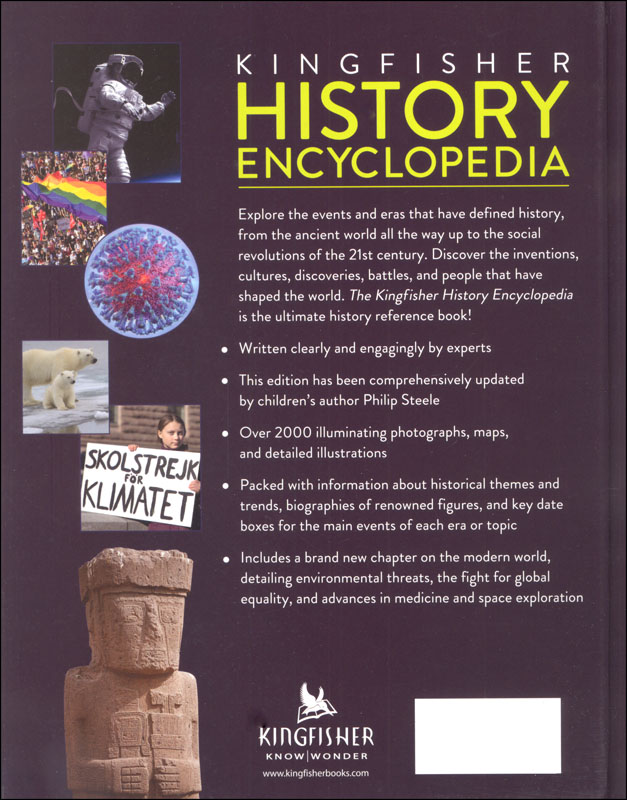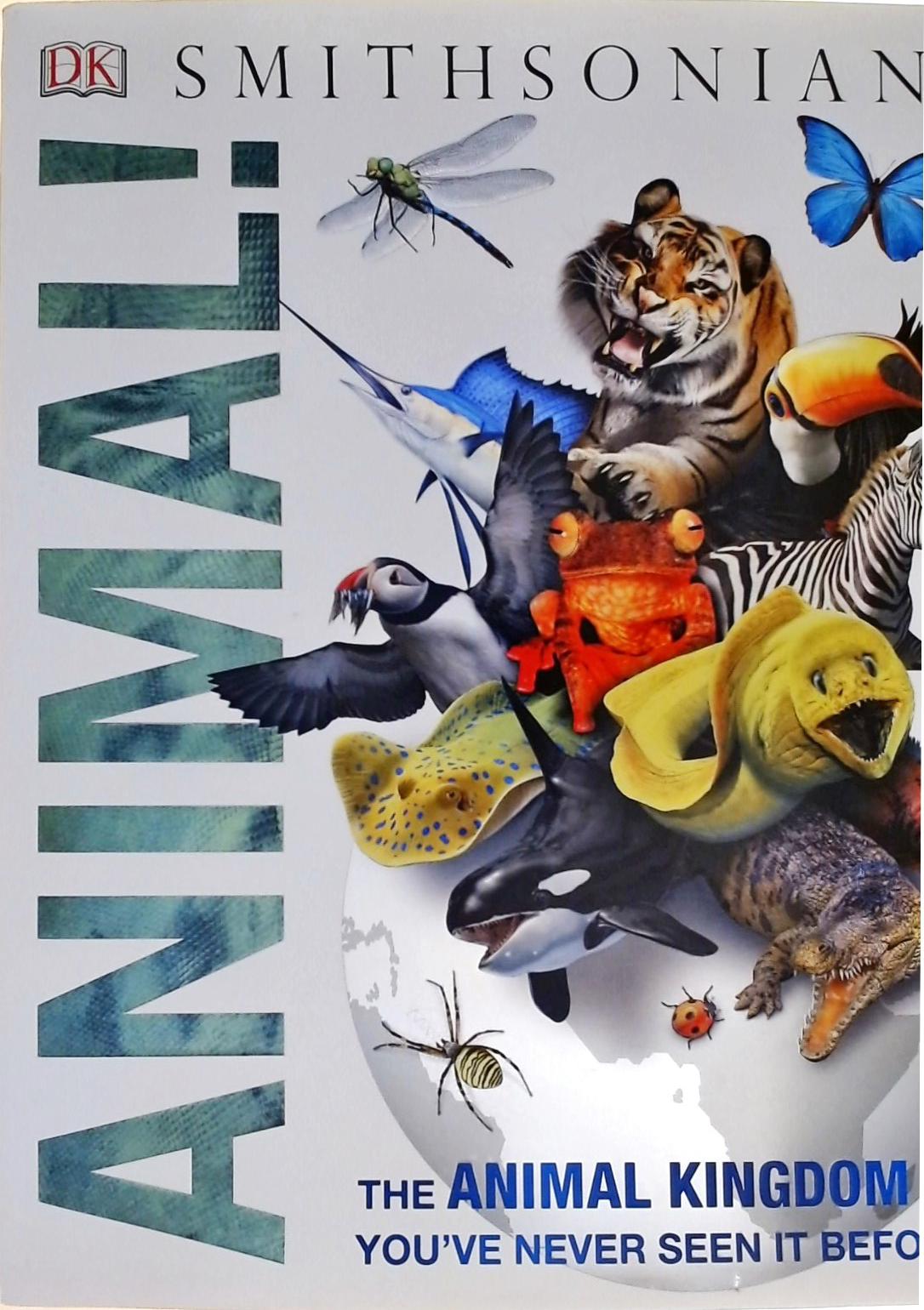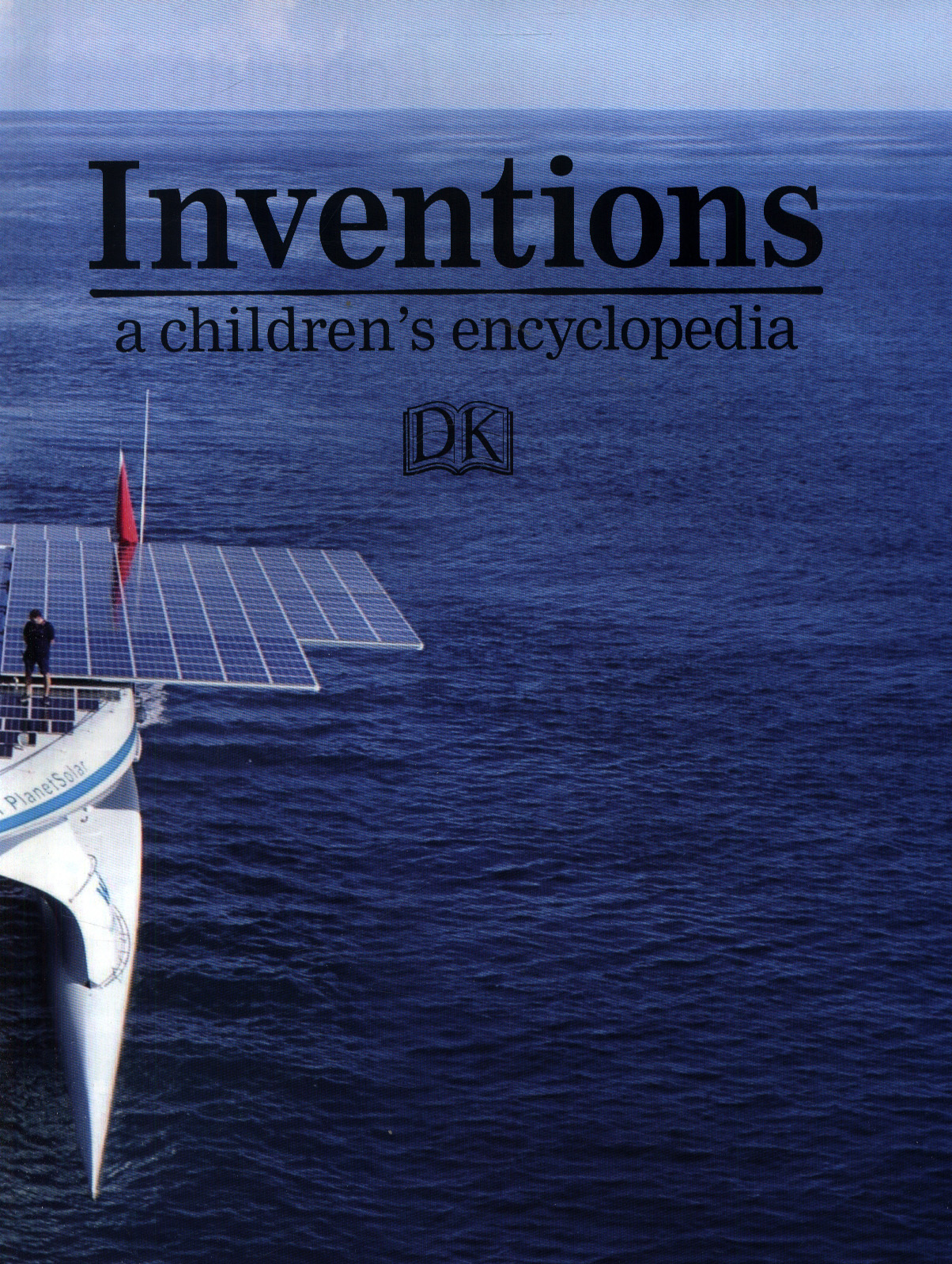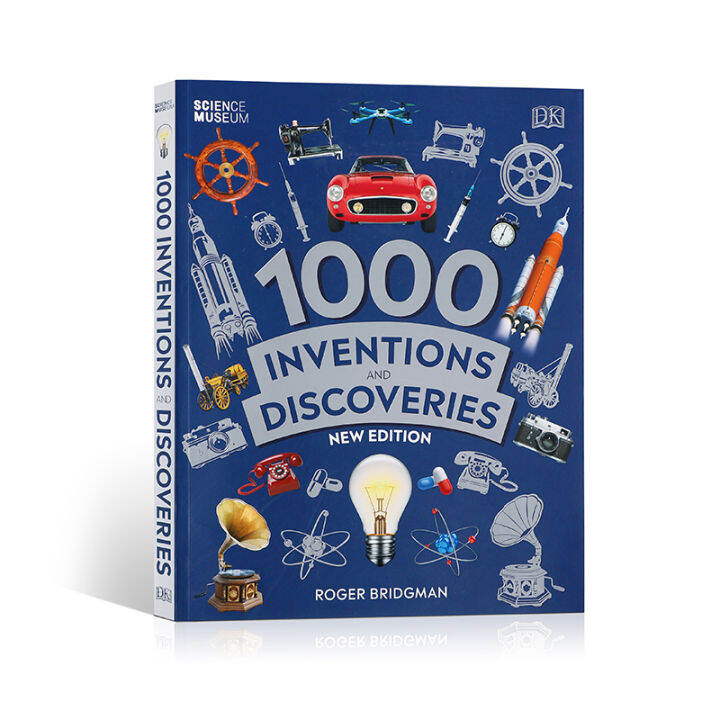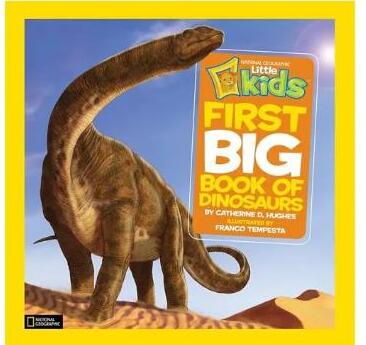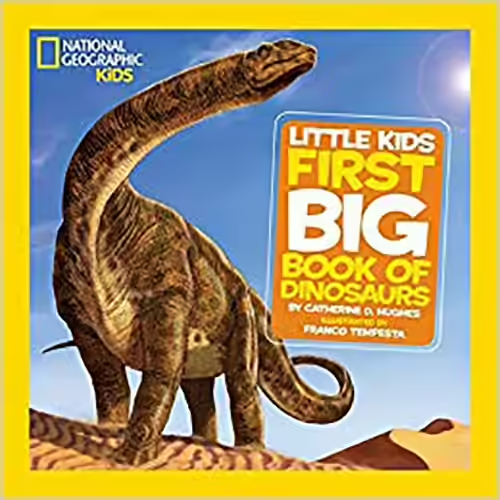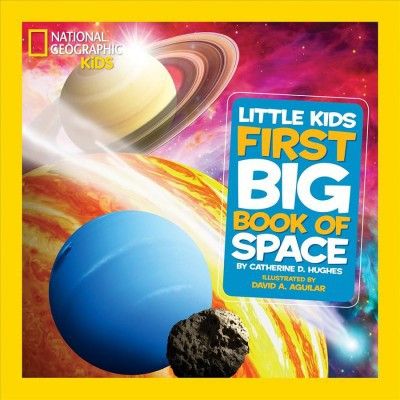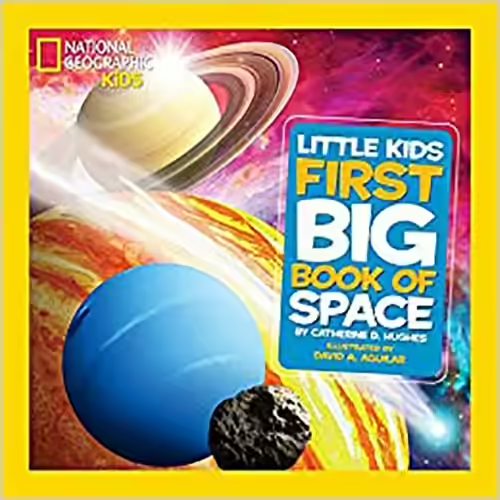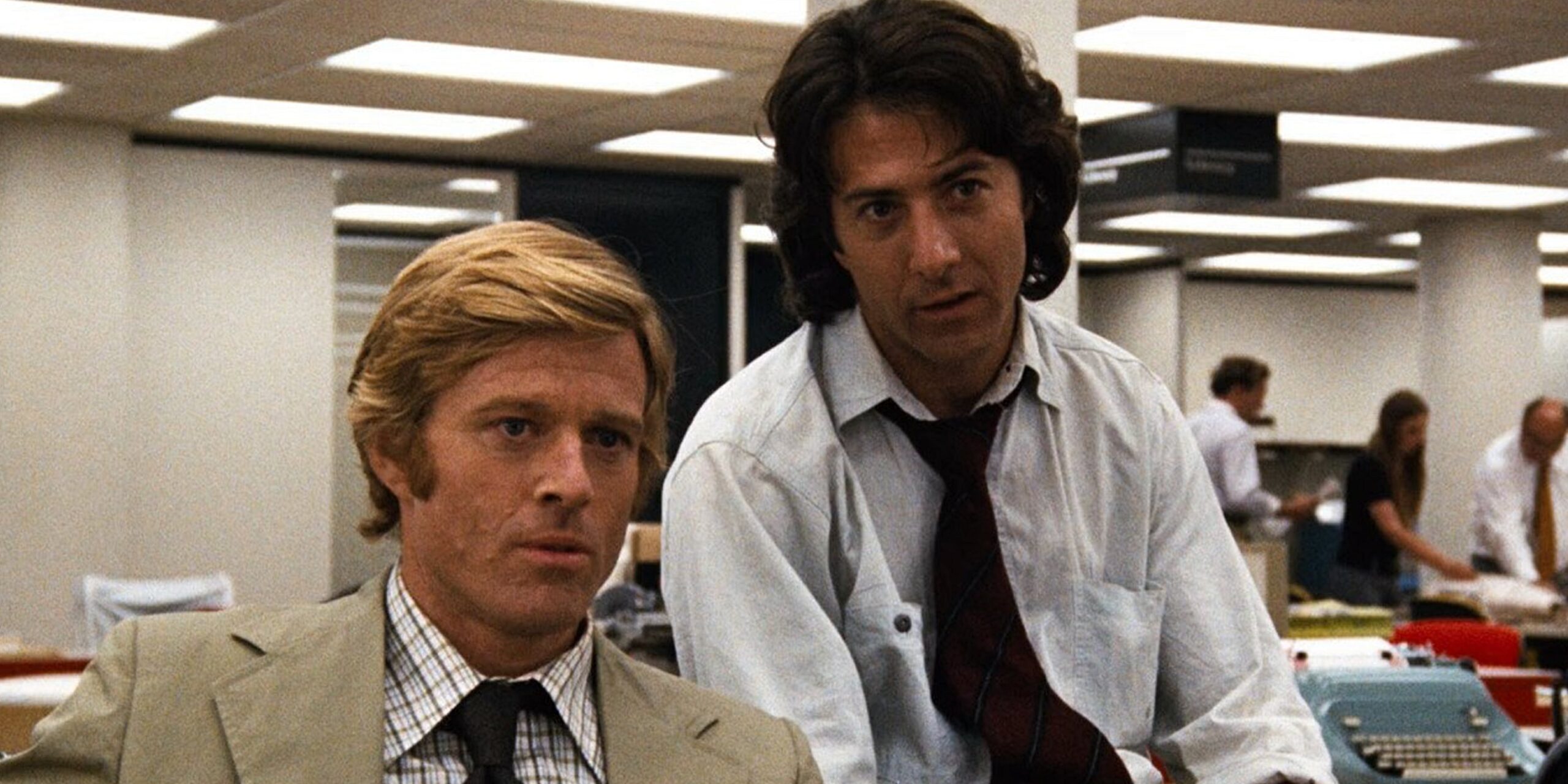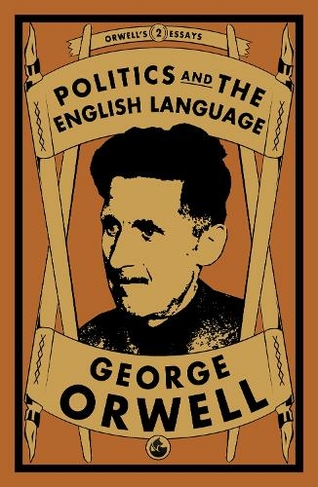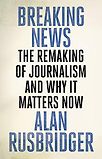Discover Pandipedia
Pandipedia is the world's first encyclopaedia of machine generated content approved by humans. You can contribute by simply searching and clicking/tapping on "Add To Pandipedia" in the answer you like. Learn More
Expand the world's knowledge as you search and help others. Go you!
Let's look at alternatives:
- Modify the query.
- Start a new thread.
- Remove sources (if manually added).
- Request a manual search from our human research team.

To choose the right accessories, start by understanding your personal style and lifestyle needs. Accessories should reflect who you are and fit seamlessly into your daily activities. For instance, if you mostly work in a corporate environment, opt for simple, classy jewelry rather than bold statement pieces[3].
Next, consider color and shape. Match the dominant color of your outfit with coordinating accessories and ensure that their shapes complement the silhouette of your clothing. For example, flowy outfits work well with softer, rounded accessories, while structured garments look great with sharper, angular pieces[4]. This approach enhances your overall look and highlights your best features[1][2].
Let's look at alternatives:
- Modify the query.
- Start a new thread.
- Remove sources (if manually added).
- Request a manual search from our human research team.
Get more accurate answers with Super Search, upload files, personalised discovery feed, save searches and contribute to the PandiPedia.

A History of the World in 100 Objects
This book by Neil MacGregor uses objects to tell the story of human history, making it accessible and engaging for readers who might find traditional textbooks overwhelming[1].
Sapiens: A Brief History of Humankind
Yuval Noah Harari’s work examines the history of humanity from the emergence of Homo sapiens to the present, discussing philosophical and scientific perspectives[1].
The Guns of August
Barbara Tuchman's account of the lead-up to World War I details the complexities and miscommunications that contributed to the outbreak of one of history's deadliest conflicts[1].
The Rise and Fall of the Third Reich
William L. Shirer provides a comprehensive look at Nazi Germany, detailing its formation, peak, and eventual collapse, making this work crucial for understanding modern history[2].
The Silk Roads: A New History of the World
Peter Frankopan’s book shifts the narrative to focus primarily on Asia and its influence on world history over centuries[1].
A People’s History of the United States
Howard Zinn presents a compelling account of American history from the perspective of marginalized groups, providing a different view from traditional historical narratives[1].
The History of the Ancient World: From the Earliest Accounts to the Fall of Rome
Susan Wise Bauer outlines early history in a concise manner, making complex information more understandable[3].
The Ghost Map
Steven Johnson explores the cholera outbreak in Victorian London, analyzing how it changed urban planning and public health policies[1].
Guns, Germs, and Steel
Jared Diamond argues that geography and environment played crucial roles in the development of civilizations, offering insights into contemporary societal structures[2].
1493: Uncovering the New World Columbus Created
This book by Charles C. Mann discusses the impacts of the Columbian Exchange on global history and the lasting effects of European colonization[1].
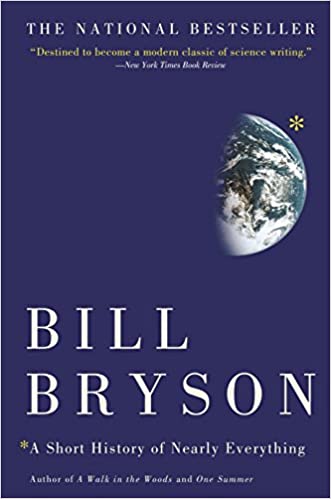
A Short History of Nearly Everything
Bill Bryson discusses various scientific concepts in an accessible manner while exploring the history of the Earth, life, and humanity[2][6].
The Autobiography of Malcolm X
This seminal work co-authored with Alex Haley offers profound insights into race relations in America, intertwining personal narrative with historical context[6].
Churchill: A Life
Martin Gilbert provides an in-depth biography of Winston Churchill, focusing on his contributions during World War II and his impact on global history[6].
The Demon of Unrest: A Saga of Hubris, Heartbreak, and Heroism at the Dawn of the Civil War
Erik Larson gives a narrative account of the events leading up to the Civil War, bringing personal stories to the foreground[7].
The Cleopatras: The Forgotten Queens of Egypt
Lloyd Llewellyn-Jones highlights the stories and legacies of Cleopatra and her predecessors, illustrating the role women played in ancient Egyptian politics[7].
Caesar and Christ
Will Durant’s comprehensive history of the Roman Empire explores governance, culture, and religion, examining their lasting impact on Western civilization[6].
The History of the Ancient World
A narrative history of early civilizations, connecting significant events across cultures and time periods[7].
Hearts of Iron: The Complexities of America’s Vietnam War
Examining the cultural, political, and military strategies involved in the Vietnam War, analyzing its long-term implications[7].
The Last Bookshop in Prague
This novel illuminates the Nazi occupation of Czechoslovakia during World War II, revealing the resilience of culture amidst oppression[7].
Femina: A New History of the Middle Ages, Through the Women Written Out of It
Janina Ramirez explores the contributions of women in the Middle Ages, highlighting their often-overlooked roles in history[7].
The World Made by Hand
A look into the history and implications of community resilience and independence in the face of global challenges[7].
Four Hundred Souls: A Community History of African America, 1619-2019
This unique anthology covers African American history through a series of essays, connecting personal narratives with broad historical themes[7].
Iron and Blood: A Military History of the German-Speaking Peoples since 1500
Peter Wilson’s extensive work looks at the military achievements and challenges of the German-speaking populations, fostering understanding of modern histories that stem from past conflicts[7].
Resistance: The Underground War in Europe, 1939-1945
Halik Kochanski covers the diverse resistance movements across Europe during World War II, providing insight into their impact on the war’s outcome[7].
The Boundless Sea: A Human History of the Oceans
David Abulafia narrates the relationship between humanity and the oceans, tracing historical developments and their significance across cultures and time[7].
Let's look at alternatives:
- Modify the query.
- Start a new thread.
- Remove sources (if manually added).
- Request a manual search from our human research team.
Let's look at alternatives:
- Modify the query.
- Start a new thread.
- Remove sources (if manually added).
- Request a manual search from our human research team.
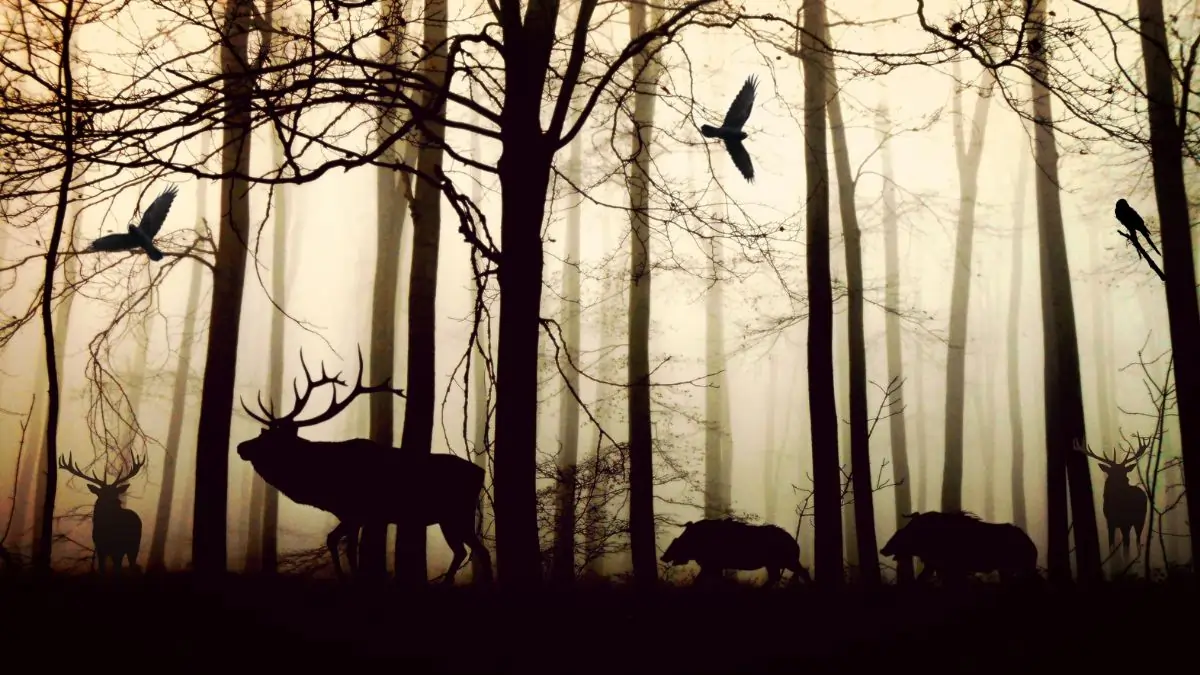
Pollution represents a significant threat to wildlife and habitats globally, manifesting in various forms, including chemical runoff, plastic waste, and industrial pollutants. Each type of pollution imposes distinct consequences on ecosystems, leading to destabilization and endangerment of numerous species.
Effects of Chemical Pollution
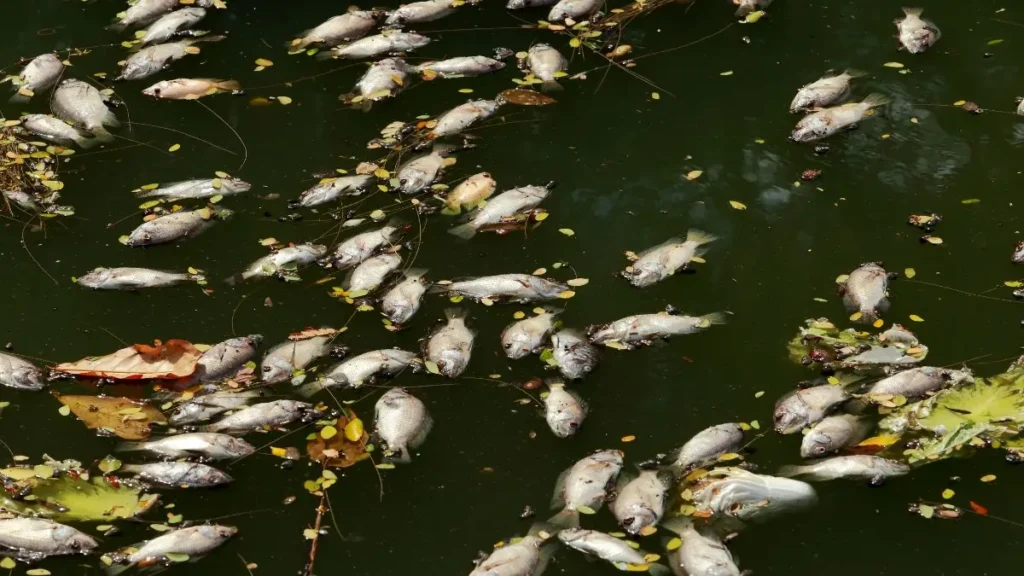
One of the most pressing issues is agricultural runoff, which is a major contributor to water pollution. The improper use of fertilizers and pesticides in farming results in hazardous chemicals entering waterways, leading to toxicity in aquatic ecosystems. This chemical runoff disrupts reproductive systems and causes hormonal imbalances in wildlife, severely impacting populations of species such as amphibians, fish, and birds. For example, studies have shown that pollutants can weaken immune systems and cause physical deformities in amphibians, contributing to the extinction of species like the Monteverde golden toad[1][3].
Additionally, bioaccumulation poses severe risks, particularly to predators in the food chain. For instance, Peregrine Falcons experienced a dramatic population decline due to the pesticide DDT, which accumulated in their bodies through contaminated prey. The result was not only sickness but also reproductive failures due to weak eggshells[1]. Such instances highlight how toxins can ripple through ecosystems, impairing health and decreasing species populations from the bottom to the top of the food chain.
The Plastic Pollution Crisis

Plastic pollution is another critical threat facing wildlife. This form of pollution typically manifests in oceans and freshwater systems, where animals often mistake plastic debris for food. Sea turtles, for instance, frequently consume plastic bags which resemble jellyfish, leading to severe digestive blockages and often death[1][7]. Furthermore, animals like seabirds are known to ingest various plastic items, which can cause malnutrition and starvation. The issue extends to microplastics, which infiltrate the food web and accumulate in marine species, further exacerbating health issues as these toxins move up the food chain[5][7].
Marine debris, such as discarded fishing gear, poses physical hazards as well, causing entanglement for marine mammals and birds, resulting in injury or death. The presence of microplastics in the diet of oceanic species is a growing concern since they can lead to chemical poisoning as the plastics absorb harmful substances from the environment[5][7].
Challenges Presented by Eutrophication
Eutrophication is a significant consequence of nutrient pollution, primarily from nitrogen and phosphorus originating in agricultural runoff. This process leads to harmful algal blooms that deplete oxygen levels in water bodies, creating dead zones where aquatic life cannot survive. The suffocation of fish and other aquatic organisms threatens biodiversity and disrupts the stability of ecosystems[2][4][6]. As vital habitats like estuaries and wetlands are compromised, the species that depend on these environments for breeding and sustenance face alarming declines.
Habitat Destruction and Loss

Pollution is compounded by habitat destruction, which is primarily human-induced. The clearing of land for agriculture and urban development significantly reduces the natural spaces where species thrive. More than 80% of global species rely on forests, which are disappearing at an alarming rate due to human activities[4][6]. As natural habitats are lost or altered, the ability of ecosystems to support wildlife diminishes, creating a cascade of negative effects that further harm animal populations.
Public Awareness and Action Needed
Despite widespread awareness of these issues, many people are still unaware of the severity of pollution’s impact on waterways and ecosystems[2]. A survey revealed that while nearly three-quarters of individuals value access to clean waterways for recreation, there is a disconnect regarding the pollution affecting these environments. Less than half of the respondents recognized agricultural pollution as a leading issue, highlighting the need for greater public education and advocacy[2].
Governments and communities must take immediate and decisive action to mitigate pollution and protect habitats. This includes safeguarding freshwater ecosystems, enhancing regulations on agricultural practices to reduce chemical runoff, and implementing measures to combat plastic waste effectively[2][3][9]. The urgent need for systemic change in policy and practices is essential to safeguard future biodiversity and ensure the health of both wildlife and human populations.
Conclusion

Pollution significantly impacts wildlife and habitats through various mechanisms, including chemical contaminants, plastic debris, and habitat destruction. The resulting challenges not only threaten individual species but also jeopardize entire ecosystems, highlighting the interconnectedness of environmental health and biodiversity. As society grapples with these challenges, proactive steps must be taken to reduce pollution at its source and restore the health of our natural world for current and future generations.
Let's look at alternatives:
- Modify the query.
- Start a new thread.
- Remove sources (if manually added).
- Request a manual search from our human research team.

The Gemini Deep Research agent is built on top of the Gemini 2.5 Pro model[1]. Since its initial launch in December 2024, the capabilities of Gemini Deep Research have been improved[1].
As evidence of that, the performance of Gemini Deep Research on the Humanity’s Last Exam benchmark has gone from 7.95% in December 2024 to the SoTA score of 26.9% and 32.4% with higher compute in June 2025[1].
Let's look at alternatives:
- Modify the query.
- Start a new thread.
- Remove sources (if manually added).
- Request a manual search from our human research team.
Get more accurate answers with Super Search, upload files, personalised discovery feed, save searches and contribute to the PandiPedia.

Traffic signals serve to manage the flow of traffic, ensure safety, and provide direction to drivers. They help prevent accidents at intersections and convey instructions to vehicles and pedestrians about when to stop or go, thereby facilitating smoother traffic movement and minimizing congestion[1][3].
Additionally, traffic signals are designed with various types and complexities to accommodate different road conditions, traffic volumes, and user interactions, adapting to the evolving needs of urban landscapes[4]. By coordinating traffic phases and timings, they play a crucial role in enhancing efficiency and safety at intersections, where most accidents occur[3][4].
Let's look at alternatives:
- Modify the query.
- Start a new thread.
- Remove sources (if manually added).
- Request a manual search from our human research team.
The New Children’s Encyclopedia by DK
A comprehensive resource covering topics from science, history, and geography to art and culture, designed to engage children's curiosity with vivid images and facts[2].
The Kingfisher Science Encyclopedia by Kingfisher
Offers detailed information on various scientific topics, ideal for young learners eager to understand physics, chemistry, and biology[2].
National Geographic Kids World Atlas
This atlas provides a detailed exploration of the world with maps, photos, and infographics, enhancing children's geographic literacy[2].
First Human Body Encyclopedia by DK
An informative book about the human body that features clear explanations and engaging illustrations, suitable for kids interested in biology[2].
The Kingfisher History Encyclopedia
A captivating overview of global history, it encourages kids to learn how past events shape the present[2].
The Usborne Geography Encyclopedia by Usborne
An extensive resource that explains physical and human geography in an accessible manner with plenty of visuals[2].
Children’s Encyclopedia of American History by David C. King
A comprehensive guide covering American history from pre-colonial times to the present, enriched with illustrations[2].
My First Encyclopedia of Why? by Sophie Lamoureux
Answers common questions children ask, covering a range of topics and promoting critical thinking[2].
Knowledge Encyclopedia: Space! by DK
Explores the universe with stunning visuals, making astronomy relatable and engaging for young readers[2].
The Elements Book: A Visual Encyclopedia of the Periodic Table by DK
Offers information about each element, breaking down complex scientific concepts for younger audiences[2].
Animal!: The Animal Kingdom as You’ve Never Seen It Before by DK
Showcases the diversity of the animal kingdom with detailed profiles on various species[2].
Encyclopedia of Inventions by DK
Details the innovations that have shaped the world, from ancient tools to modern technological advancements[2].
Visual Encyclopedia of Earth by Michael Allaby
Covers Earth science, including geology and meteorology, helping children understand our planet[2].
Knowledge Encyclopedia: Science by DK
Simplifies major scientific ideas and discoveries with visuals, fostering a love for science[3].
The Scienc Book: Big Ideas Simply Explained by DK
A resource that distills complex scientific concepts into understandable parts[2].
Little Kids First Big Book of Dinosaurs
An engaging dinosaur encyclopedia filled with eye-catching illustrations and age-appropriate facts[4].
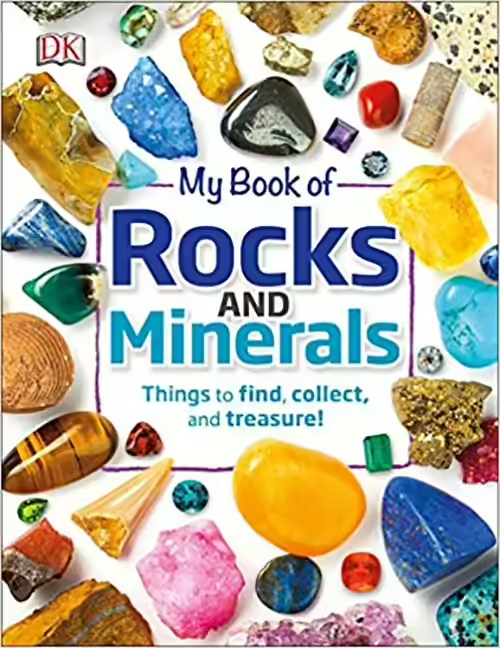
My Book of Rocks And Minerals
Contains high-resolution images and information about various minerals, rocks, and gems, making it a perfect choice for budding geologists[7].
Little Kids First Big Book of Space
Introduces basic concepts of space through colorful images and simple text, suitable for young space enthusiasts[4].
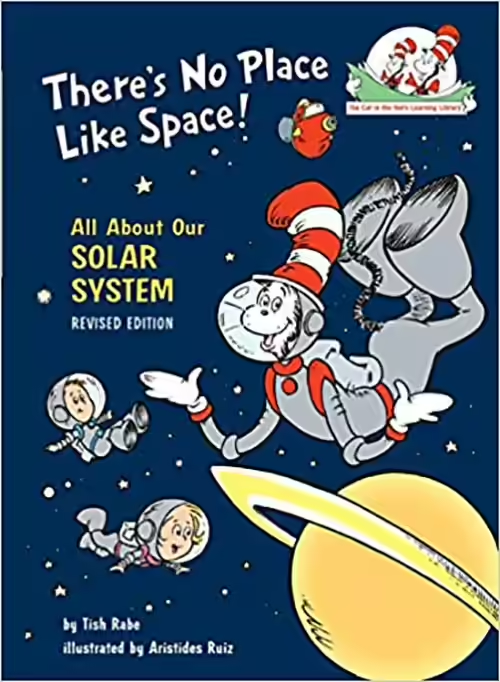
There’s No Place Like Space: All About Our Solar System
A storybook that teaches children about the solar system through engaging characters[7].
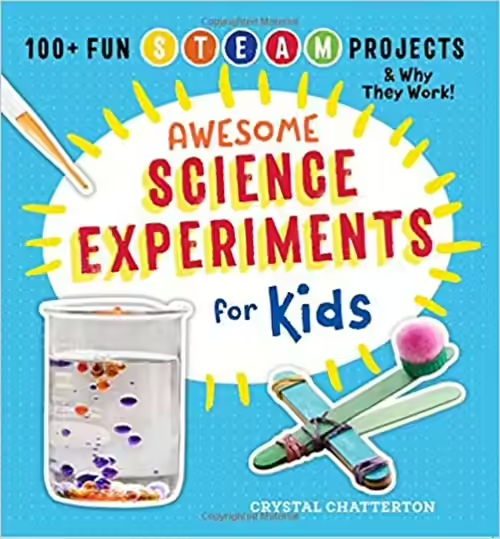
Awesome Science Experiments for Kids
A hands-on book filled with engaging experiments to ignite children's interest in science[7].
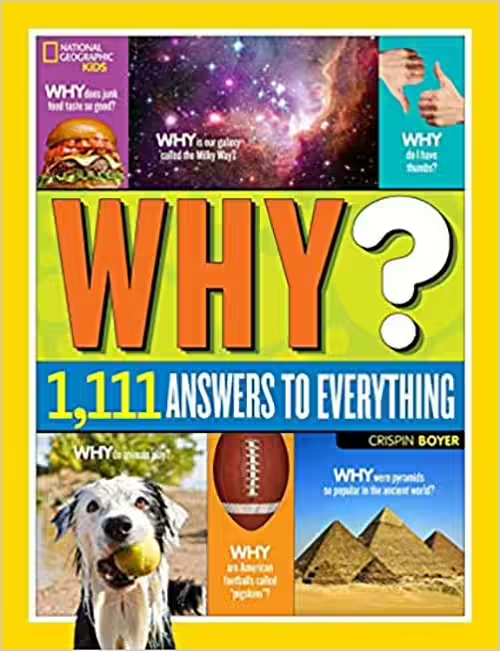
National Geographic Kids Why?: Over 1,111 Answers to Everything
Provides answers to a wide range of questions, fostering curiosity and learning[7].
Let's look at alternatives:
- Modify the query.
- Start a new thread.
- Remove sources (if manually added).
- Request a manual search from our human research team.
The Elements of Journalism
A comprehensive book on journalism that delves into the fundamental principles and ethical responsibilities of the profession, emphasizing accuracy, fairness, and serving the public interest[5].
The Journalist and the Murderer
An exploration of the complex relationship between journalists and their subjects, addressing ethical dilemmas and the nature of truth in journalism[5].
All the President’s Men
A gripping account of the investigative reporting of the Watergate scandal by Washington Post journalists Bernstein and Woodward, showcasing the power of investigative journalism[5].
The New New Journalism
Conversations with America’s best nonfiction writers offering insights into the techniques and philosophies of nonfiction storytelling[5].

On Writing: A Memoir of the Craft
Stephen King shares personal experiences and practical advice on writing, beneficial for aspiring journalists[5].

Dispatches
A visceral account of the Vietnam War from the perspective of a war correspondent, highlighting the brutal realities faced by soldiers[5].
Politics and the English Language
George Orwell's essay examining how language can conceal truths and mislead, essential for understanding the impact of language in journalism[4].

Fear and Loathing: On the Campaign Trail ’72
Hunter S. Thompson's gonzo-style journalism covering the 1972 U.S. presidential campaign, offering an unfiltered look at American politics[5].

Amusing Ourselves to Death
Neil Postman's examination of how television and visual media have changed public discourse, relevant for understanding modern journalism's challenges[5].
Breaking News: The Remaking of Journalism and Why It Matters Now
Alan Rusbridger discusses the issues facing the news industry in the digital age[7].

The Race Beat: The Press, the Civil Rights Struggle, and the Awakening of a Nation
An exploration of the role of the press in the civil rights movement[5].

We Wish To Inform You That Tomorrow We Will Be Killed With Our Families
Philip Gourevitch's account of the Rwandan genocide, blending history with personal narratives[3].

The Power of News: The History of Reuters
An account detailing the evolution of Reuters and its influence on news reporting[5].

The Big Short: Inside the Doomsday Machine
Michael Lewis's insightful look at the 2008 financial crisis and the role of journalism in uncovering the truth behind it[5].

The Autobiography of Benjamin Franklin
A significant account of one of America's founding fathers with details that emphasize the importance of communication and public service in journalism[5].
The Glamour of Grammar
Roy Peter Clark's guide on the practical use of grammar and its relevance to effective communication in journalism[5].
Newspaper Days
H.L. Mencken's reflections on his time as a reporter, providing insights into the journalism profession from the early 20th century[5].
The Watchdog That Didn’t Bark: The Financial Crisis and the Disappearance of Investigative Journalism
A critical examination of how investigative journalism failed to address the financial crisis[5].

The Shallows: What the Internet is Doing to Our Brains
Nicholas Carr discusses how the digital landscape affects our cognitive function and attention, important for contemporary journalistic practices[5].
The News: A User’s Manual
Alain de Botton critiques the modern media landscape and the influence of news on society[5].
The Content Fuel Framework: How to Generate Unlimited Story Ideas
A resource for journalists on how to create impactful and engaging content in the digital age[1].
Writing Tools: 55 Essential Strategies for Every Writer
This book covers essential tips for refining writing skills crucial for journalism[1].
The Fact-Checker’s Bible
A guide to accuracy in journalism that details techniques for ensuring factual integrity in reporting[1].
Let's look at alternatives:
- Modify the query.
- Start a new thread.
- Remove sources (if manually added).
- Request a manual search from our human research team.

Based on the sources, Chiang Mai stands out as a friendly nomad location due to its warm culture, affordable living costs, and reliable internet speeds, making it a favorite among remote workers looking for a peaceful lifestyle[2]. The city is known for its community of digital nomads who enjoy a mix of nature and city life, along with a plethora of cafes and coworking spaces that foster connections[1].
Medellín also receives praise for its welcoming digital nomad communities and mild climate, making it an attractive destination for those looking for both innovation and a laid-back atmosphere[2]. These characteristics contribute to making these cities particularly friendly environments for digital nomads.
Let's look at alternatives:
- Modify the query.
- Start a new thread.
- Remove sources (if manually added).
- Request a manual search from our human research team.

